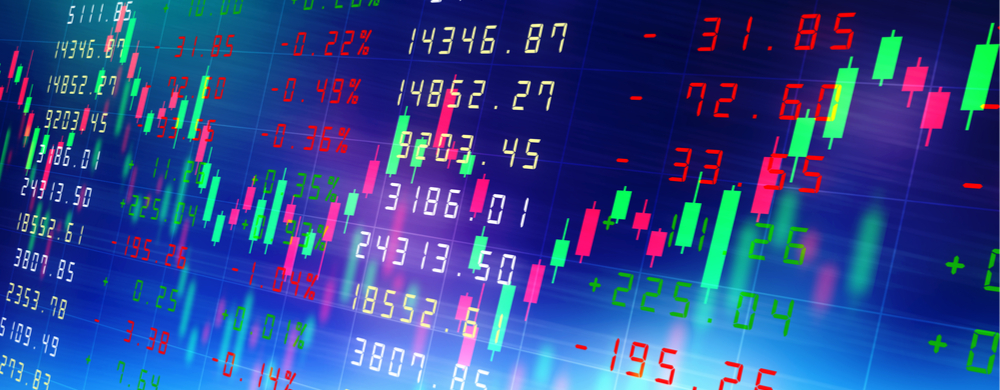Contact us and see what NetOwl can do for you!
Social Media, Sentiment Analysis, and the Financial Markets
Intelligence Analysis, Sentiment Analysis, Social Media Analysis

Much has been written about the value of social media and sentiment analysis to predict changes in the financial markets. At the most basic level, an increase in the volume of posts about a particular stock can be predictive of increased trading volume. At the more complex level, sentiment analysis of social media, that is, the identification and measuring of the aggregated opinions and emotions expressed in social media, can capture the public mood and predict changes in market direction. In this sense, sentiment data can be regarded as a predictive signal of market behavior (e.g., buy, sell, hold) and is of particular interest to financial analysts, traders, and investors.
The predictive value of Sentiment Analysis for the financial markets has also been argued with other types of content such as news, research reports, financial news publications, and even SEC form 10-K.
Why Use NetOwl’s Sentiment Analysis
For Sentiment Analysis to be useful it must be accurate, operate in real time, be scalable to handle large-scale social media data, and cover an extensive range of concepts with predictive value. All of these are areas in which NetOwl offers superior Sentiment Analysis for financial market prediction:
- NetOwl’s Sentiment Analysis goes beyond positive and negative sentiments. Your average sentiment analysis software may detect negative sentiment around a company but may not be able to determine what specific aspects the negative sentiment is related to. Through its Entity- and Aspect-based sentiment analysis, NetOwl is able to detect the objects of sentiments (e.g., a company, an executive) and the specific aspects of those objects (e.g., a new product feature, a change in policy, a controversy) that the expressed sentiments are related to.
- NetOwl provides fine-grained sentiment detection distinguishing for instance complaints, threats to boycott, and dissuasion among others on the negative side, and recommendations, intent to buy, and others on the positive side
- NetOwl goes beyond traditional Sentiment Analysis to capture an extensive ontology of adverse events associated with a company, whether directly or indirectly through its leadership or employees. Think criminal allegations and events such as lawsuits, sexual harassment, and arrests. Whether or not these types of events are the target of expressed sentiment, the adverse events themselves may be of particular interest to the future performance of a company and its stock.
- NetOwl is also fast, scalable, and consistent making it possible to process massive amounts of data in real time without getting “tired” and making different judgements for the same text.
- NetOwl’s intelligent normalization of identified sentiments and target entities enables data aggregation and quantification to provide the overall view over a large collection of content.
- With NetOwl’s dashboard, sentiment data can be sliced and diced as desired, for instance by companies or themes to show a deeper analysis of the public’s emotions and intent. For any company of interest, the user can see the breakdown of public opinion, the top positive and negative sentiments, the specific aspects that are the object of those sentiments (e.g., a new product or service, a leadership change), and, if desired, drill down to the source text for inspection and further analysis. Other useful charts show sentiment evolution over time. Using location metadata and automated geocoding of mentioned place entities, sentiment can be plotted on a map to show, for instance, hot spots of support or disapproval.
In summary, NetOwl’s sentiment analysis is best suited to exploit social media’s predictive power for the financial markets.



